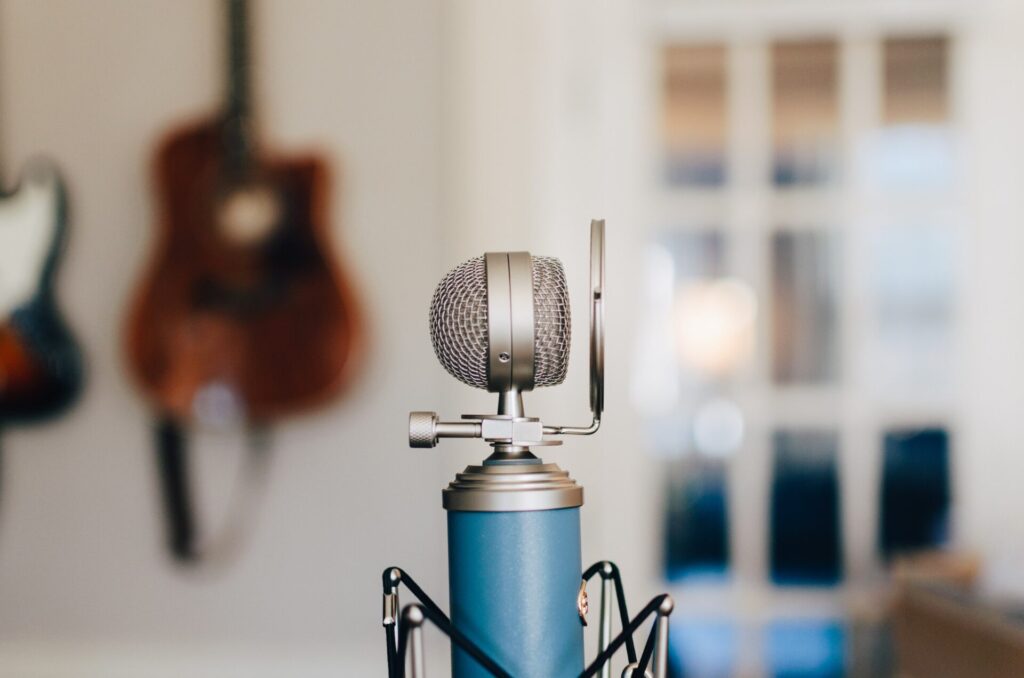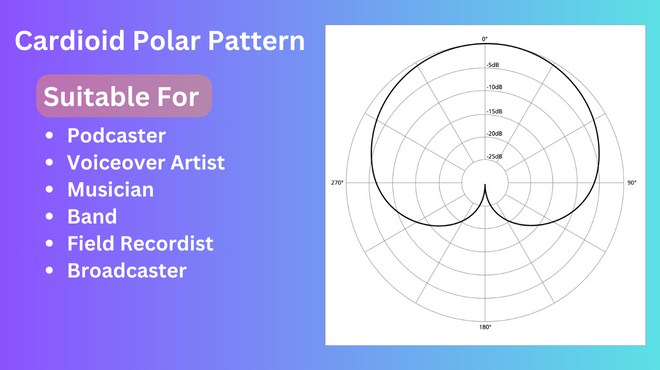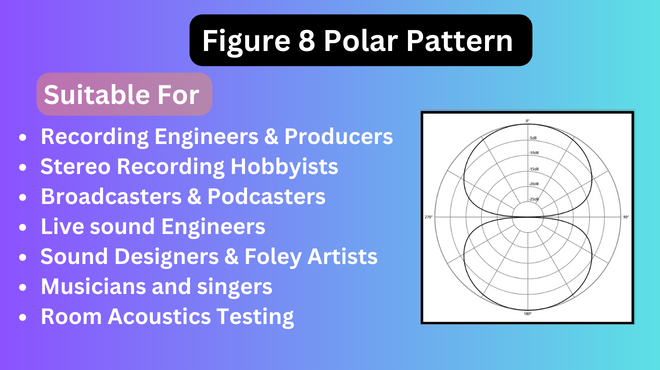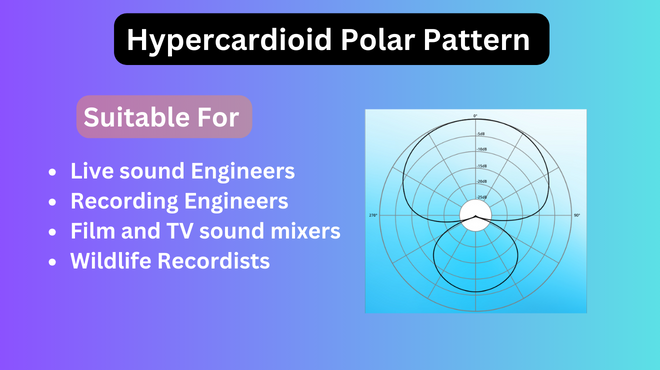Have you ever wondered how microphones pick up the sounds around us? Our voices and music are converted into electronic signals by some magical device called microphones. Many people buy expensive recording microphones only to find that they sound awkward. Poor acoustics are the root cause of your unsatisfactory sound. Acoustics studies show several elements affect how sound travels through different media types. Let’s look at microphone sound absorption and reflection, two key concepts in this unique process.
What is the Microphone Sound Absorption
To understand microphone sound absorption imagine yourself in a space with many soft chairs, sofas and windows. These soft materials absorb sound well. Similarly, microphones block unwanted noise using specific materials. The diaphragm’s narrow part vibrates in response to sound waves hitting it in the microphone. The microphone uses materials that absorb sound waves to reduce echo and unwanted noise. This removes ambient noise from the recording and concentrates the recording on recording exactly the sound you want, such as a voice or an instrument.
What is Reflection
Think you are in a large, empty hall with massive walls. Echoes are created when you speak or make noise because they bounce off walls. That’s why microphones are designed to control these reflections. Some microphones are made of materials and shapes that help direct sound waves toward the diaphragm, reducing the likelihood of echo and unwanted reverberation. This ensures no distortion from reflected sound waves while the microphone records the original sound.
The Impact on Microphone Performance
A perfect balance between microphone sound absorption and reflection is critical for microphones’ functioning. For example, recording studios often strategically place soundproofing materials to improve sound absorption and reduce unwanted reflections. This ensures that the microphone captures your voice or musical instrument in the most natural way possible.
During live performances, microphones are sometimes equipped with built-in features or microphone accessories to minimize the impact of reflections. These may include foam windshields or pop filters, which help reduce plosive sounds (such as “p” and “b” sounds) and control airflow around the microphone, preventing unwanted interference.
Why do Creators Use Microphone Sound Shield
Try clapping your hands in an empty room. Can you hear the echo? Does it repeat several times until it disappears? Sound reflection occurs when sound waves hit one surface and bounce off another until they lose energy.
A reflection filter is a fantastic microphone accessory that preserves audio clarity. This goal is achieved by preventing unwanted sounds from behind and around the microphone from being picked up. A bounce filter acts as a physical barrier between areas of your studio where unwanted sound may be coming from and your microphone.
A reflection filter or microphone sound shield can block unwanted noise through walls and air to improve microphone sound absorption. This filter effectively blocks sounds coming from all directions and helps reduce the reverberation that occurs in compact recording spaces. The best part is that for those who have portable studios, they are easy to set up and transport.
Read More: Noise Cancelling Microphone to Buy
Sound Reflections You Want to Avoid
No voice actor wants sound reflections in their recording for better microphone sound absorption. But some reflections are worse than others. The first reflection is the most powerful. This refers to sound waves reflected for the first time, usually 20 milliseconds after the original sound. Since waves can travel up to one foot per millisecond, they will cause problems if they bounce off something within 10 feet. The reflections are called secondary and tertiary reflections.
Flutter echo is a term used to describe the direct reflection of sound waves between opposing walls or other parallel surfaces. Studios often have parallel walls, which can be a severe problem when recording with a microphone.
The noise in your studio after you stop talking is known as reverberant decay. The sound still reflected is the result of secondary and tertiary reflection. If you want to maintain sound clarity, you should try to avoid this effect.
What is Directionality
You’re already familiar with polar patterns; the polar patterns of different microphones vary. Although a cardioid microphone can capture sound from both the front and the sides, you must dampen the sides and the wall behind you. It’s essential to ensure no ambient noise from the sides when recording at home, which can be difficult. So, instead of insulating the entire wall, you can use a noise cancelling microphone, a smaller material to cover the vocalist and microphone. You should never use an unidirectional pattern mic at home. However, a microphone sound absorption can still work there, as it requires isolation on all sides, which is rarely achievable even in studios.
Choose Microphone sound Absorption and Reflection Filter
Understanding the basics of microphone sound absorption and reflection can significantly improve your microphone skills, whether recording a podcast, singing on stage, or just video chatting with friends. By creating an environment with the right balance of absorbent and reflective surfaces and investing in a microphone sound shield, you can be sure your microphone will pick up your voice or music with clarity and accuracy, making the audio experience more enjoyable for you and your audience.
A microphone sound absorption and sound cancelling microphone is worth an investment if you want the best sound quality. While it’s not a panacea for challenging reflection problems, it’s an excellent device. If unsatisfied with its performance, you can move on to other solutions to troubleshoot sound reflection problems.




